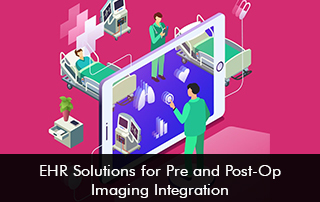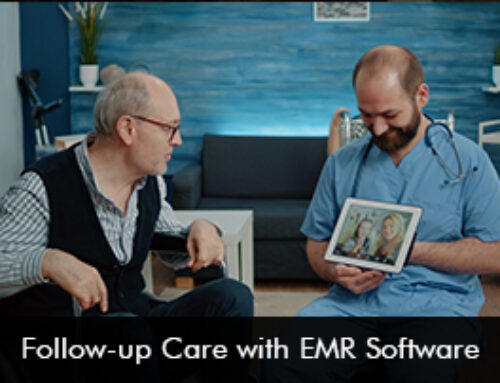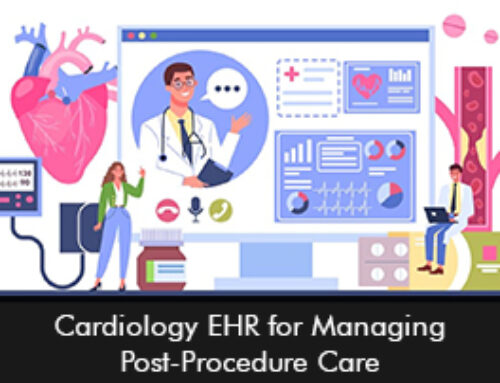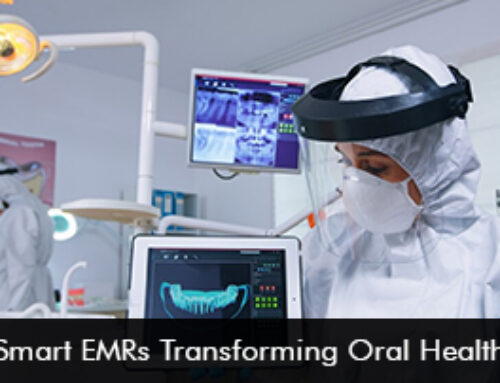EHR software have evolved into essential technologies that streamline healthcare operations and elevate the quality of patient care. Specifically, the integration of pre- and post-operative imaging within these systems plays a pivotal role in surgical specialties. By seamlessly incorporating imaging data, EHR software facilitate comprehensive patient assessments, informed decision-making, and streamlined workflows. This integration is crucial in ensuring that healthcare providers have immediate access to vital imaging information, thereby improving surgical outcomes and patient safety.
Importance of Integrating Imaging into EHR Systems
-
Enhanced Diagnostic Accuracy:
Direct access to imaging studies within the EMR software allows physicians to correlate clinical findings with imaging results efficiently, leading to more accurate diagnoses.
-
Improved Surgical Planning:
Surgeons can review pre-operative images alongside patient records in the EHR software, facilitating meticulous surgical planning and reducing the risk of intra-operative surprises.
-
Streamlined Communication:
Integrated systems promote seamless communication among multidisciplinary teams by providing a unified platform for accessing patient information and imaging studies.
-
Efficient Post-Operative Monitoring:
Post-op imaging integrated into the patient’s EHR enables continuous monitoring of recovery progress and early detection of potential complications.
Benefits of EHR Imaging Integration
-
Reduced Duplication of Tests:
Access to previous imaging studies prevents unnecessary repeat tests, saving costs and reducing patient exposure to radiation.
-
Improved Patient Safety:
Timely access to imaging data helps in identifying potential complications early, enhancing patient safety during surgical procedures.
-
Streamlined Billing and Coding:
Integrated systems facilitate accurate documentation, aiding in proper billing and coding for imaging services.
Latest Features in Imaging Integration for EHR Software
-
Artificial Intelligence (AI) and Machine Learning:
Modern EHR software incorporates AI algorithms to assist in interpreting imaging studies, flagging anomalies, and predicting patient outcomes.
Cloud integration allows for secure storage and retrieval of imaging data, enabling access from multiple locations and devices, which is particularly beneficial for telemedicine consultations.
-
Interoperability Standards Compliance:
Adherence to standards like DICOM and HL7 ensures that EMR software can seamlessly exchange imaging data with various imaging modalities and external systems.
-
Advanced Visualization Tools:
Features such as 3D reconstruction and interactive imaging enhance the clinician’s ability to assess complex anatomical structures and plan interventions.
-
Mobile Accessibility:
Many EHR systems now offer mobile applications, allowing healthcare providers to view imaging studies and patient records on smartphones and tablets, enhancing flexibility and responsiveness.
Challenges in Imaging Integration
-
Data Volume and Storage:
High-resolution imaging studies require substantial storage capacity and robust data management strategies.
-
System Compatibility:
Ensuring that EHR software is compatible with various imaging devices and formats can be complex and may require custom interfaces.
-
Regulatory Compliance:
Maintaining compliance with regulations such as HIPAA is critical when handling sensitive imaging data within EMR systems.
-
User Training and Adoption:
Effective utilization of integrated imaging features necessitates comprehensive training for healthcare providers to navigate and interpret imaging data within the EHR efficiently.
Top EMR Software for Imaging Integration
-
Epic Systems
- Offers robust imaging integration capabilities, allowing seamless access to imaging studies within the patient record.
- Supports interoperability with various imaging modalities and external systems through adherence to industry standards.
- Provides advanced visualization tools and supports mobile access for on-the-go review of imaging data.
- Widely adopted across large healthcare organizations, ensuring a broad user community and continuous development.
-
Cerner Millennium
- Features comprehensive imaging integration, enabling clinicians to view and analyze imaging studies directly within the EHR.
- Incorporates AI-driven analytics to assist in interpreting imaging data and predicting patient outcomes.
- Offers cloud-based solutions for scalable storage and remote access to imaging studies.
- Emphasizes user-friendly interfaces and customizable workflows to enhance clinical efficiency.
-
Allscripts Sunrise
- Provides integrated imaging solutions that facilitate access to diagnostic images alongside patient records.
- Supports interoperability with various imaging systems and adheres to DICOM standards.
- Features mobile applications for convenient access to imaging data and patient information.
- Focuses on enhancing care coordination through seamless information sharing among care teams.
-
MEDITECH Expanse
- Offers integrated imaging capabilities, allowing for the incorporation of imaging studies into the patient’s EHR.
- Utilizes web-based architecture for easy deployment and access across devices.
- Provides tools for advanced clinical decision support, leveraging imaging data to inform care decisions.
- Emphasizes a user-friendly interface designed to streamline clinical workflows and enhance productivity.
-
Athenahealth
- Delivers cloud-based EHR solutions with integrated imaging functionalities, enabling access to imaging studies within the patient chart.
- Focuses on interoperability, allowing seamless data exchange with various imaging systems and external providers.
- Offers mobile access to patient records and imaging data, supporting flexible and responsive care delivery.
- Provides continuous updates and improvements through a cloud-based platform, ensuring users have access to the latest features and enhancements.
Integrating pre- and post-operative imaging into EMR and EHR software is essential for modern surgical practices, enhancing diagnostic accuracy, surgical planning, and post-operative care. By leveraging advanced features such as AI, cloud storage, and mobile accessibility, healthcare providers can improve patient outcomes and streamline clinical workflows. Selecting an EMR system with robust imaging integration capabilities is crucial for healthcare organizations aiming to deliver high-quality, efficient, and patient-centered care.







